US announces development of powerful new nuclear bomb
- By Alex Hollings
Share This Article
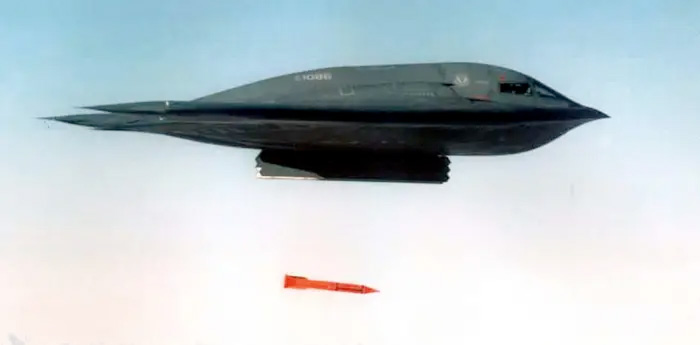
On Friday, the Department of Defense announced a new effort to field an updated and even more powerful variant of the B61 series nuclear bomb currently in service. This new weapon, dubbed the B61-13, is expected to deliver around 360 kilotons of destructive power – 21 times the yield of the atomic bomb dropped on Hiroshima in 1945; it will be among the most powerful nukes in the U.S. arsenal.
“Today’s announcement is reflective of a changing security environment and growing threats from potential adversaries,” said Assistant Secretary of Defense for Space Policy John Plumb in a Pentagon press release. “The United States has a responsibility to continue to assess and field the capabilities we need to credibly deter and, if necessary, respond to strategic attacks, and assure our allies,” he added.
According to the Pentagon, these new weapons will replace existing B61-7s that are currently being phased out.
“The B61-13 represents a reasonable step to manage the challenges of a highly dynamic security environment,” said Plumb. “While it provides us with additional flexibility, production of the B61-13 will not increase the overall number of weapons in our nuclear stockpile.”
More than 7 times more powerful than the nuclear bombs currently being updated
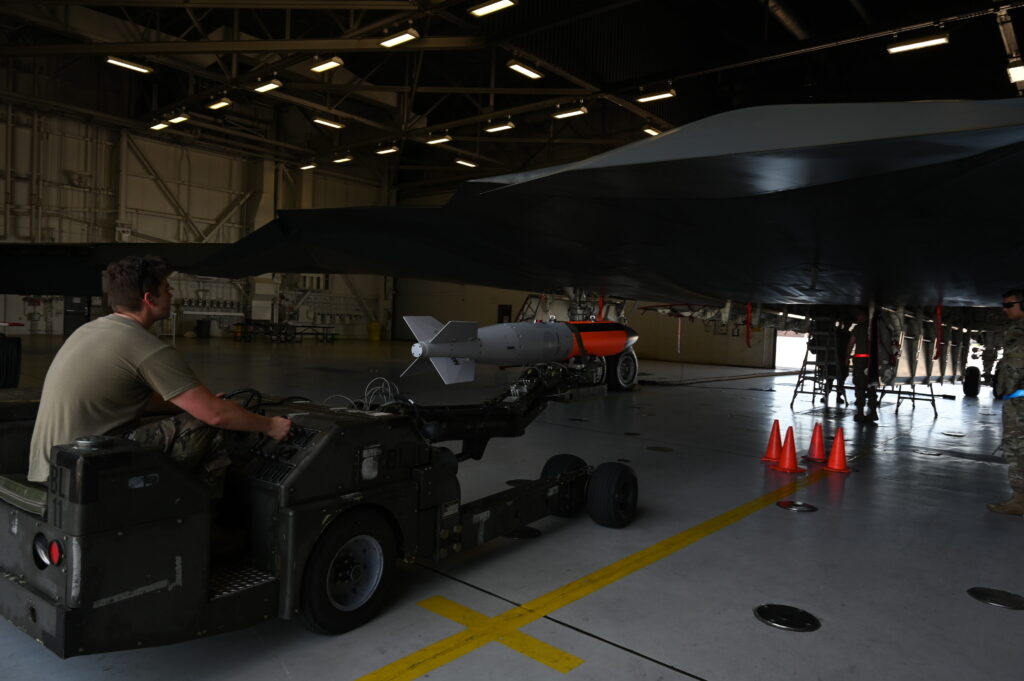
The B61-13 effort will likely tie directly into the ongoing B61-12 life-extension program that’s been underway since 2015. The B61-12 effectively serves as an overhaul for a large portion of America’s existing B61 series of nuclear bombs (known as the B61-3, B61-4, and B61-7). The -3, -4, and -7 variants all come with different and adjustable destructive yields ranging from 0.3 kilotons all the way up to 340 kilotons. All three variants will eventually be replaced by the single modernized B61-12.
The B61-12 program aims to use improved accuracy, delivered via a new tail kit and guidance system, to reduce the necessary yield of these bombs to no more than 50 kilotons. (The closer a bomb comes to its intended target, the less destructive power it needs to unleash in order to accomplish its mission.)
The B61-13 announced on Friday, on the other hand, will be comparable in yield to the soon-to-be-defunct B61-7, at approximately 360 kilotons. Below you can see a comparative blast radius, which was created using the NukeMap tool, overlaid over Moscow. It shows the 16-kiloton yield of the Hiroshima bomb, followed by the 50-kiloton B61-12, and finally, the newly announced B61-13’s projected 360 kilotons.
Related: The US has secretly been testing its new LRSO nuclear cruise missile

The blast radius isn’t the only destructive element of a nuclear strike, however. The map below, created by the Federation of American Scientists using the same NukeMap tool, shows a comparison of the radioactive fallout that would ensue after a 50-kiloton B61-12 detonation, versus the much larger 360-kiloton B61-13 that was just announced:
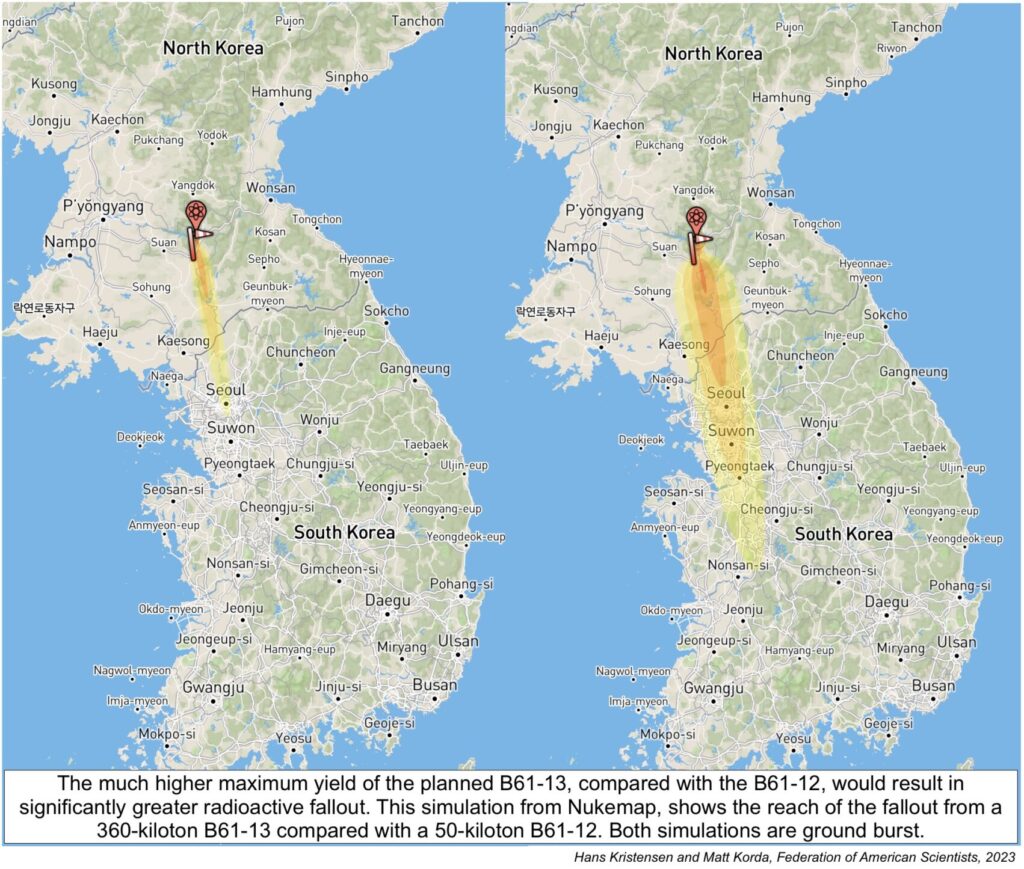
Why does the US want a more powerful nuclear bomb?
Historically, the United States has preferred fielding more accurate, less powerful nuclear weapons than some adversary nations like Russia. The newest nuclear ICBM in the Russian arsenal, the RS-28 Sarmat, for example, is said to be capable of delivering as much as 50 megatons – or 50,000 kilotons – of destructive power delivered via multiple independent reentry vehicles. While this B61-13 bomb does deliver a much larger yield than most others in American armories, it offers only a fraction of the power of the Sarmat.
However, by combining a relatively high 360-kiloton yield with the same precision guidance kits devised for the B61-12, these new bombs will offer a unique combination of pinpoint accuracy and significant destructive power, which the Federation of American Scientists posits could make for an effective means of targeting even hardened subterranean structures.
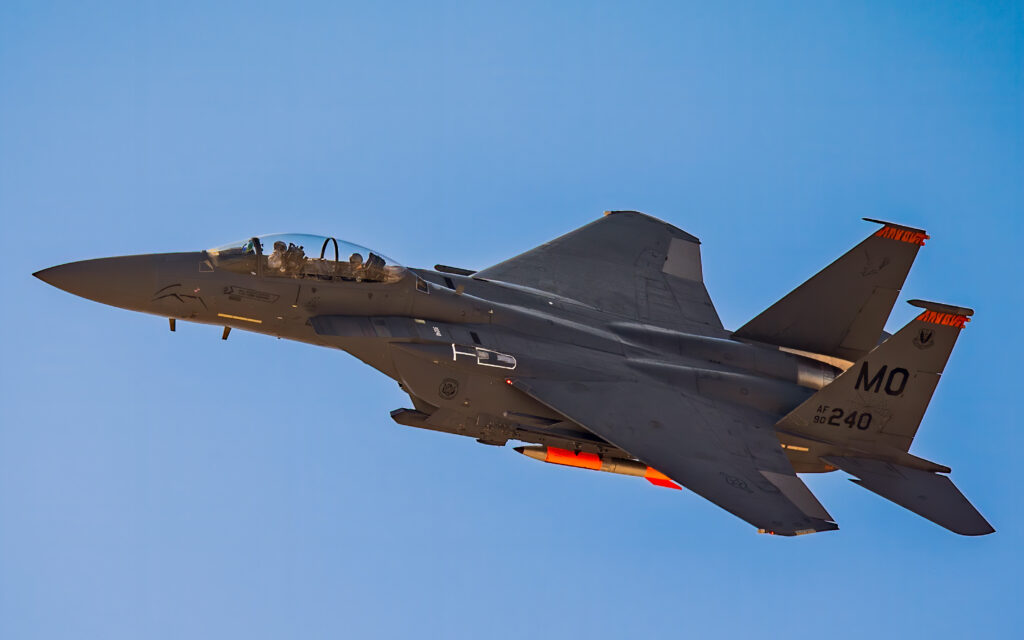
“Due to the phenomenon of ground-shock coupling, the B61-13’s relatively high yield and accuracy will likely enable the bomb to strike underground targets with yields equivalent to a surface-burst weapon of more than one megaton,” according to experts.
The Pentagon did not acknowledge this bunker-busting capability, but did specify that these new bombs will be delivered via “modern aircraft.” The 50-kiloton B61-12 has already been tested aboard the F-15E Strike Eagle, but will eventually make its way to the rest of America’s fighter fleets. Reports suggest the higher-yield B61-13s will be reserved for strategic bombers; these will likely be the B-2 Spirit and B-21 Raider due to their stealth allowing for deep penetration strikes inside contested airspace.
The B-52 bomber will still play a significant role in the airborne leg of America’s nuclear triad as well, though it will more likely be used to deliver America’s new Long Range Stand Off (LRSO) nuclear cruise missile that has seen significant testing in recent months, as it was revealed.
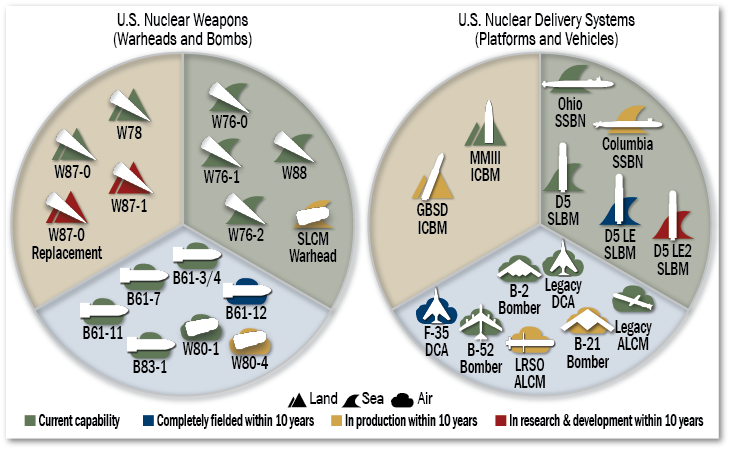
However, it’s feasible that the decision to field the more powerful B61-13 may not have to do with a dire need for a high-powered, precision-strike nuke, as for some time the pervasive narrative within the Pentagon had been that the combination of accuracy and 50-kiloton yield delivered by the -12 would be sufficient for any potential target. Instead, it’s possible that this decision was politically motivated as a means to finally do away with America’s most powerful (and expensive to maintain) nuclear bomb, the 1.2-megaton B83-1.
The variable-yield B83 series of bombs has been in service since 1983 and has been the subject of heated political debate in recent years. In 2014, the Obama administration announced plans to retire these bombs in favor of the aforementioned B61-12s. Four years later, in 2018, the Trump Administration overturned that decision, saying the powerful bomb needed to stay in service until a suitable replacement could be fielded. In 2022, it became the subject of debate once again due to costs; $52 million are allocated toward maintaining America’s stockpile of aging B83s each year.
While the B61-13 won’t have the same massive yield as the B83-1, it stands to reason that its 360-kiloton yield is large enough to hold secure underground facilities at risk, and as such, may be seen by lawmakers as a viable replacement for the increasingly expensive B83-1.
Read more from Sandboxx News
- New Space Force painting offers a glimpse of space warfare
- Watch: Israeli Navy SEALs recapture base from Hamas terrorists
- America’s new stealth bomber begins taxi tests ahead of first flight
- The MKC Hellgate is a fantastic hatchet for deployment
- Russia’s armored trains: Major vulnerability or smart warfare?
Related Posts
Sandboxx News Merch
-

‘AirPower’ Classic Hoodie
$46.00 – $48.00 Select options This product has multiple variants. The options may be chosen on the product page -

‘Kinetic Diplomacy’ Bumper Sticker (Black)
$8.00 Add to cart -

‘Sandboxx News’ Trucker Cap
$27.00 Select options This product has multiple variants. The options may be chosen on the product page

Alex Hollings
Alex Hollings is a writer, dad, and Marine veteran.
Related to: Airpower, Breaking News
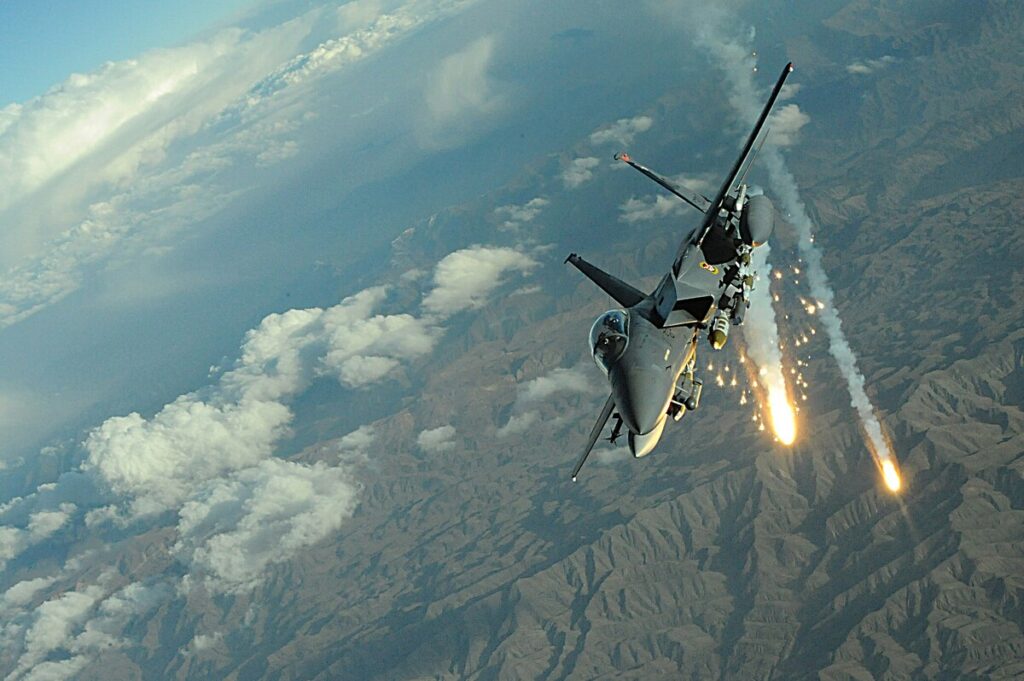
How an F-15E scored its only air-to-air kill… with a bomb

The military roots of Juneteenth and why we celebrate it

BUD/S instructors have their favorite games to make SEAL candidates suffer
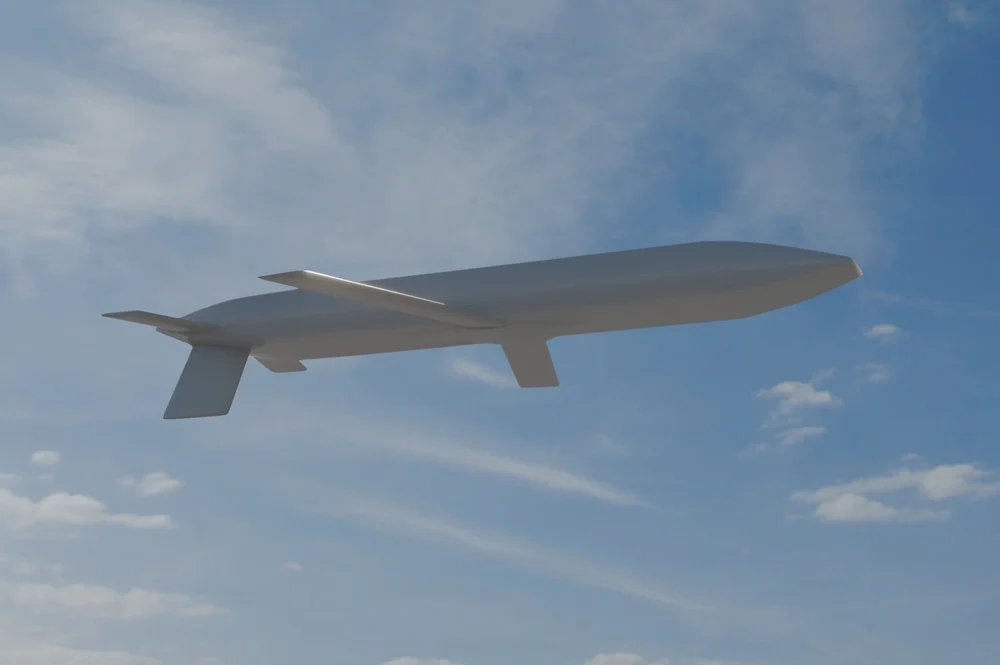
Air Force gives us a glimpse of its new AGM-181 LRSO nuclear missile
Sandboxx News
-

‘Sandboxx News’ Trucker Cap
$27.00 Select options This product has multiple variants. The options may be chosen on the product page -

‘AirPower’ Classic Hoodie
$46.00 – $48.00 Select options This product has multiple variants. The options may be chosen on the product page -

‘AirPower’ Golf Rope Hat
$31.00 Select options This product has multiple variants. The options may be chosen on the product page -

‘Sandboxx News’ Dad Hat
$27.00 Select options This product has multiple variants. The options may be chosen on the product page
